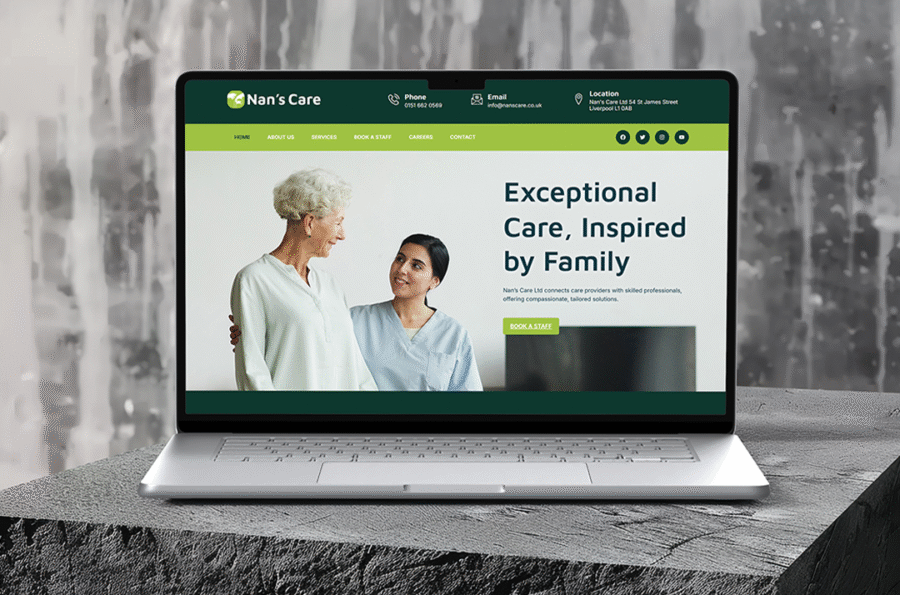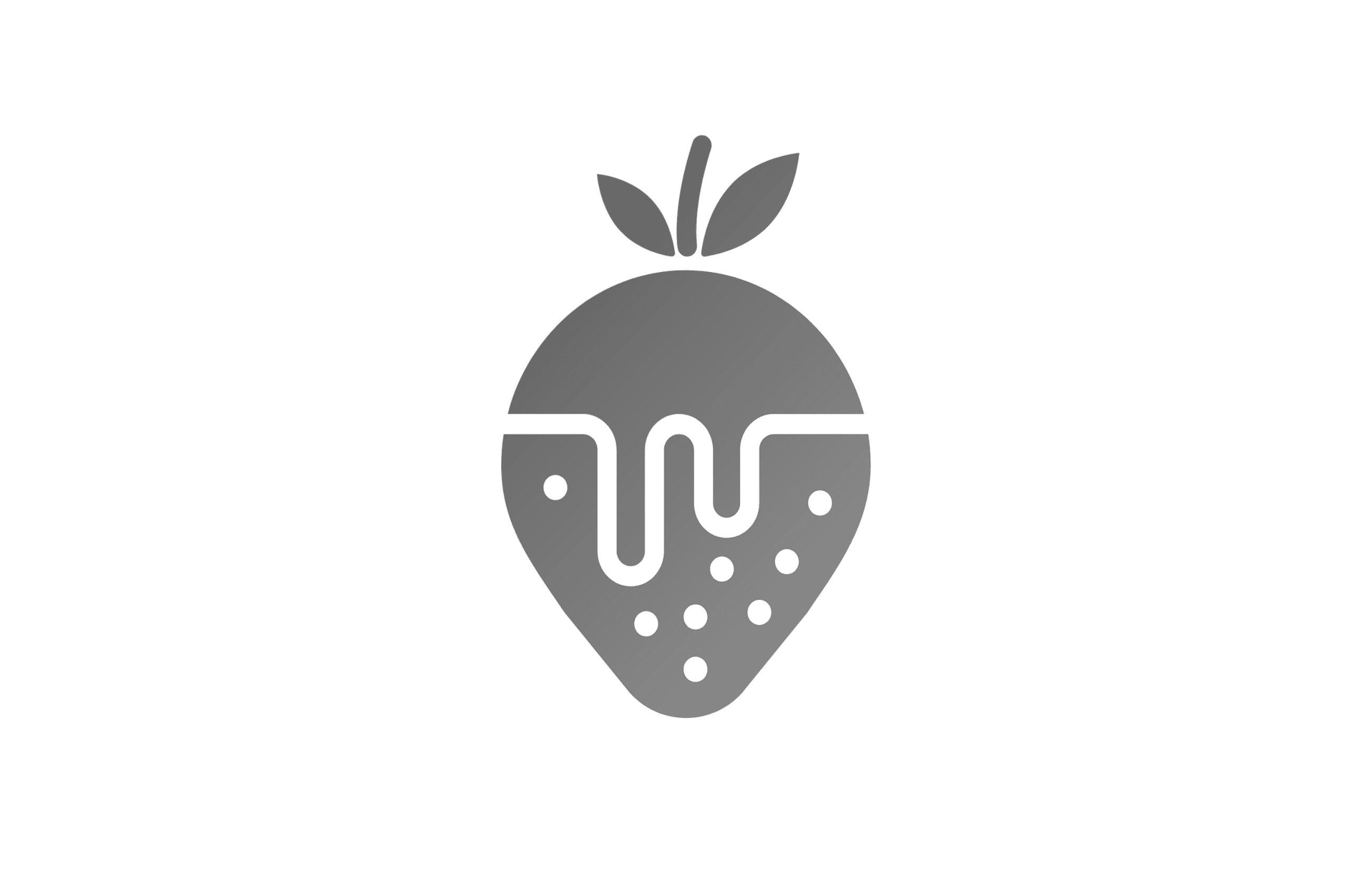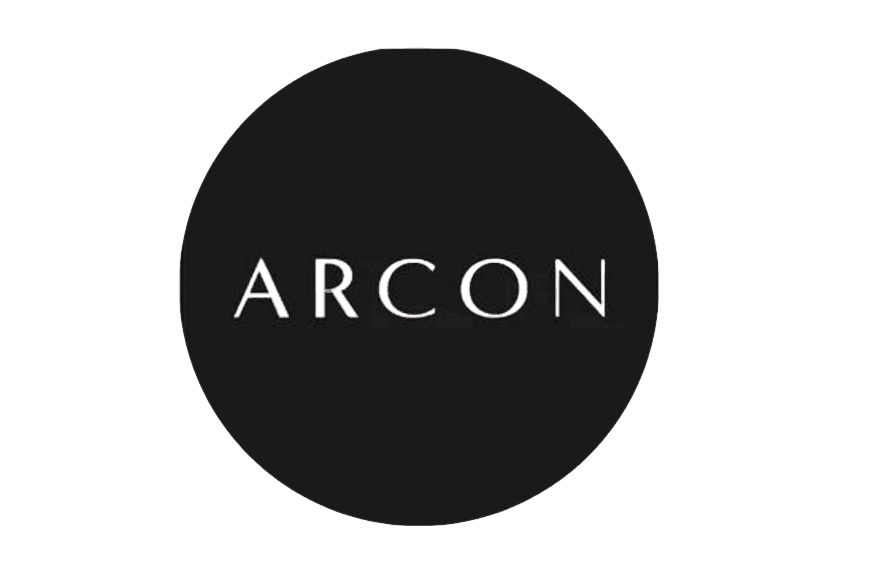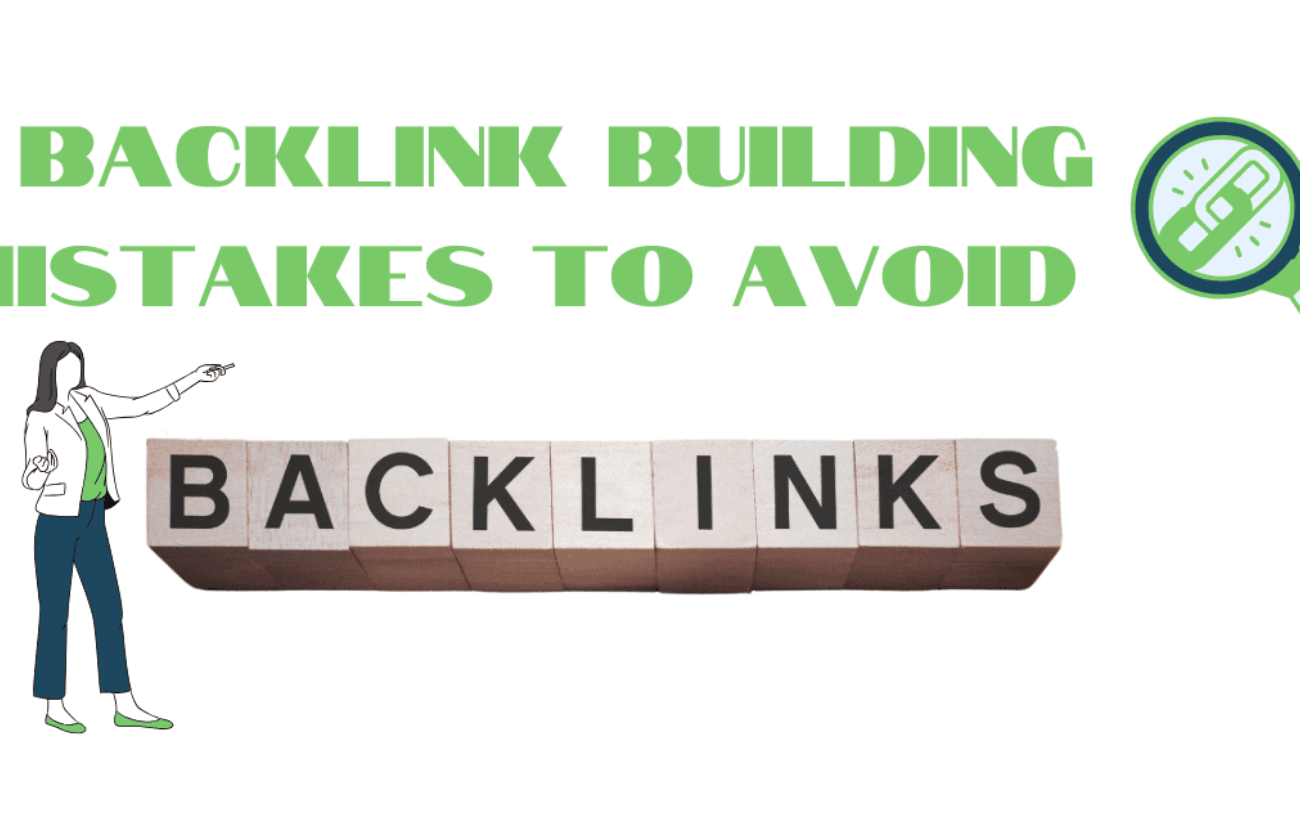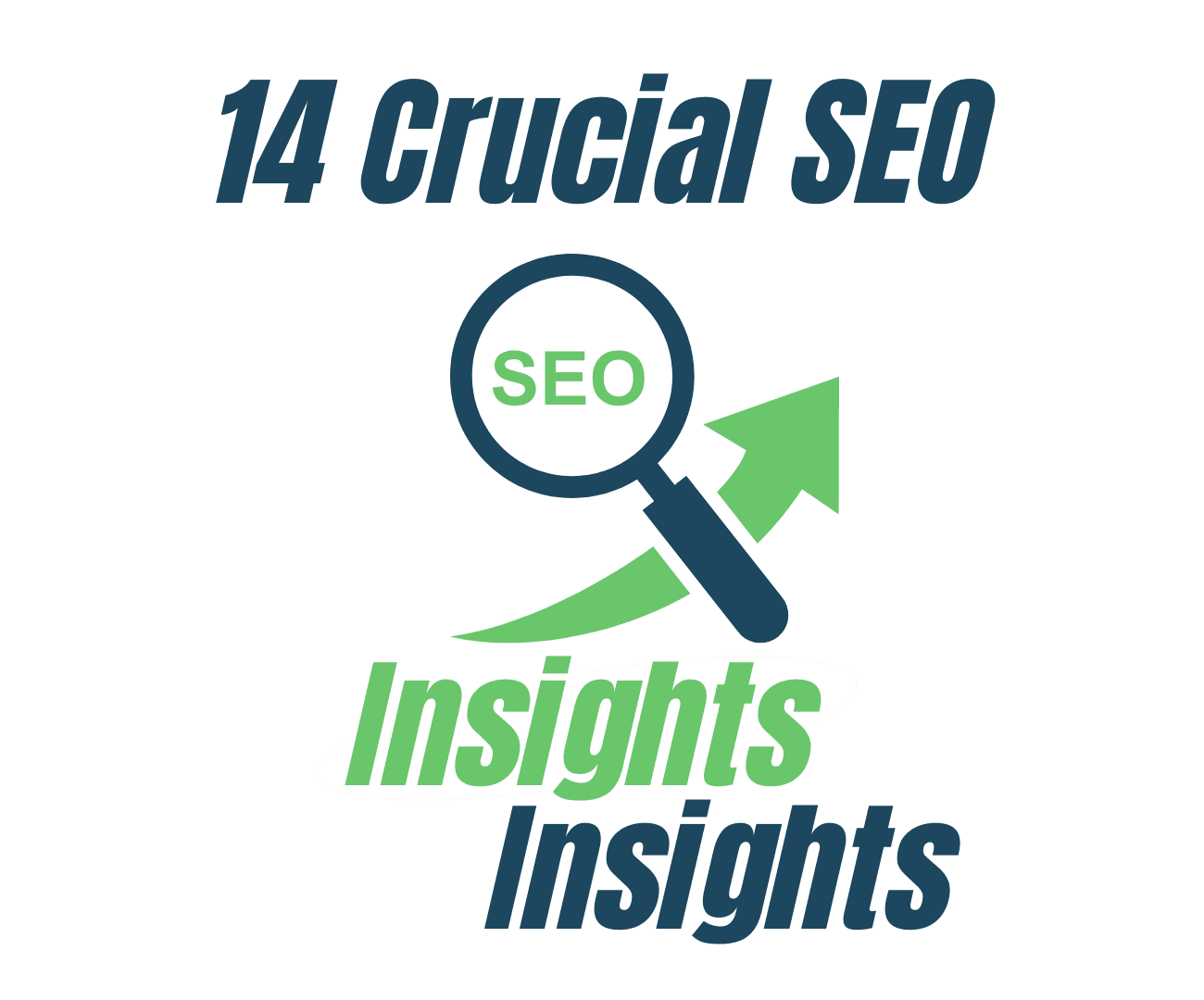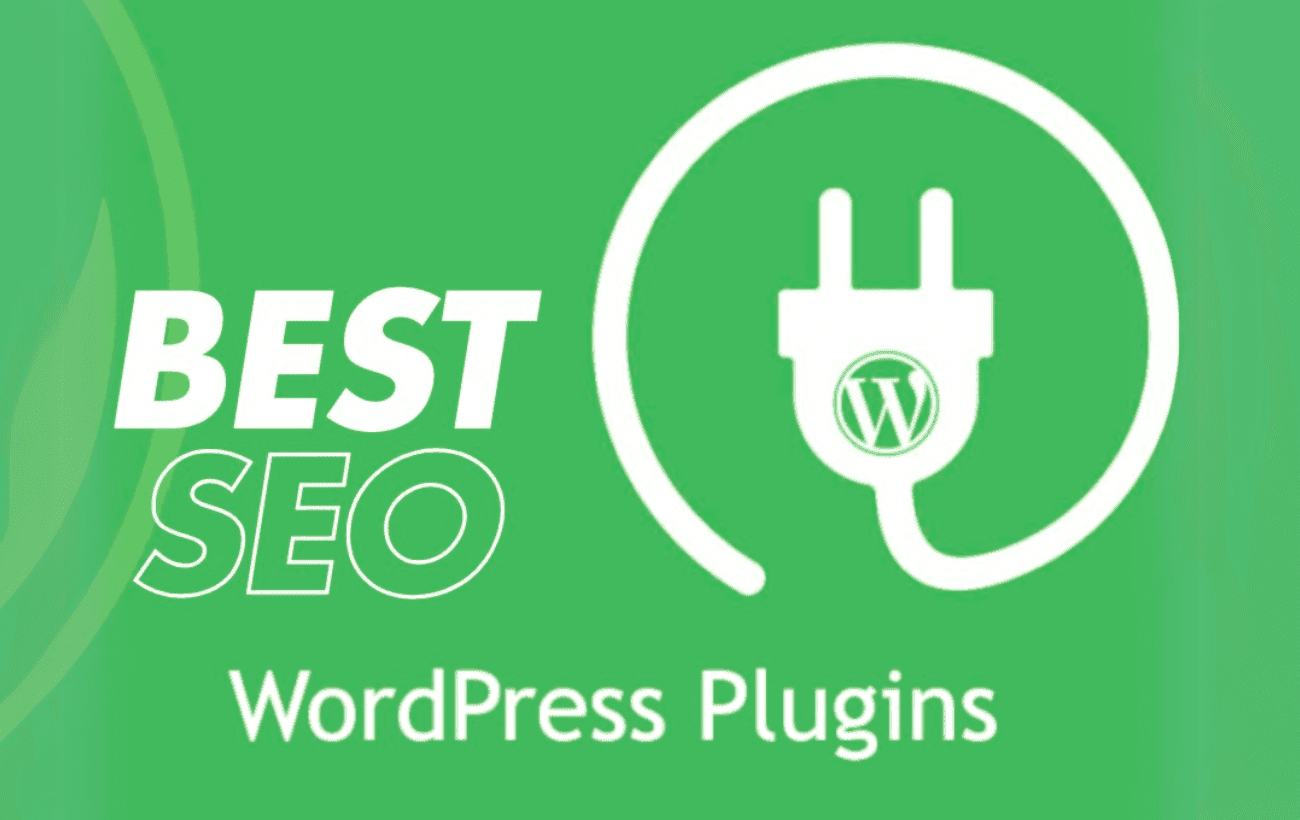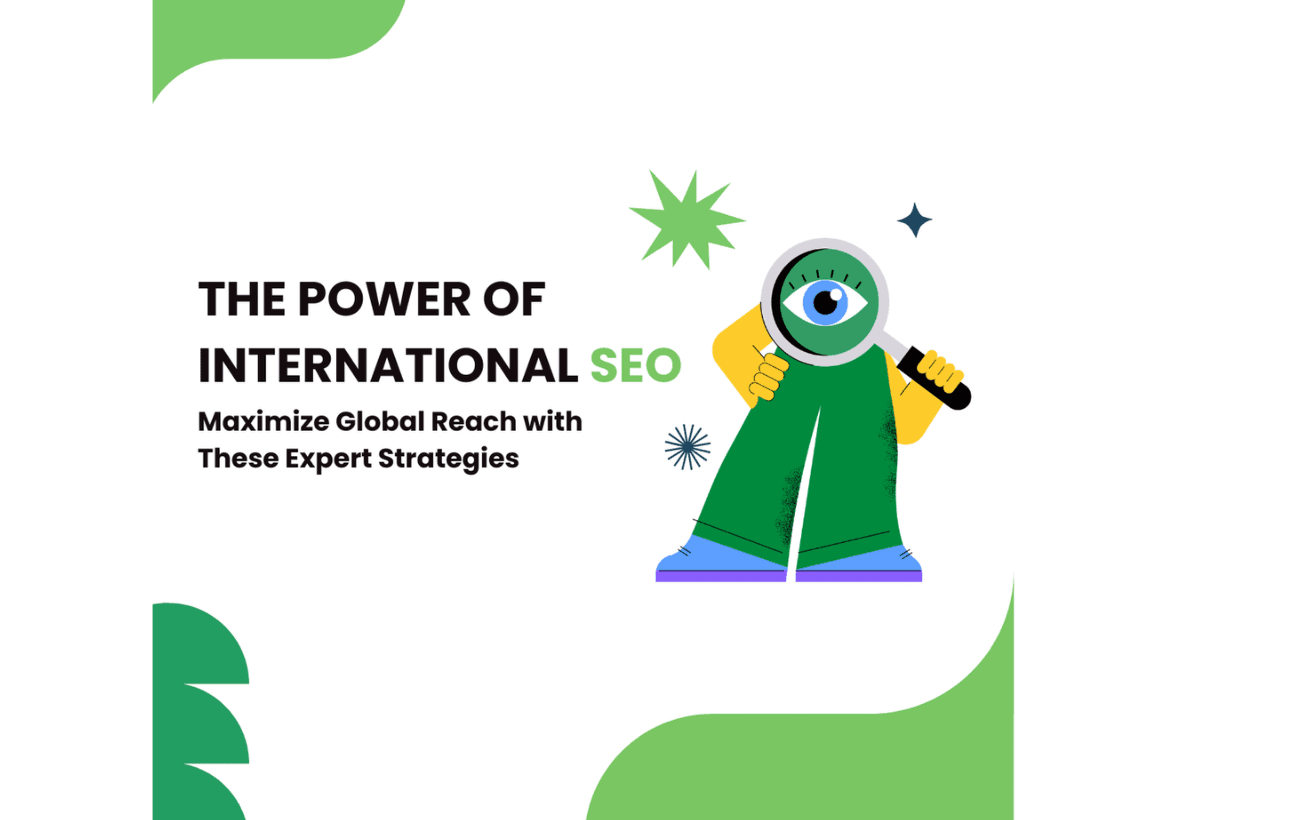Digital Marketing Agency in Calicut, Kerala



#1 Digital Marketing Agency
in Calicut, Kerala

We bring trusted solutions for your business
We see our clients as long-term partners, working closely to deliver customized digital marketing solutions. As a trusted digital marketing agency in Kerala, we handle everything from strategy to execution under one roof.
We do not settle for ordinary.We challenge ourselves to create innovative campaigns that drive real growth for your business.



We create unique digital experiences
We make it easy to create content that truly engages your audience. With a well-defined strategy, research-driven approach, and expert execution, we ensure every campaign delivers meaningful results.

Search Engine Optimization

Web Development

Social Media Marketing

Search Engine Marketing

Branding

Video Production
Our happy client say’s about us.

KC Shamveel

Riyas P Sayed

Thalif
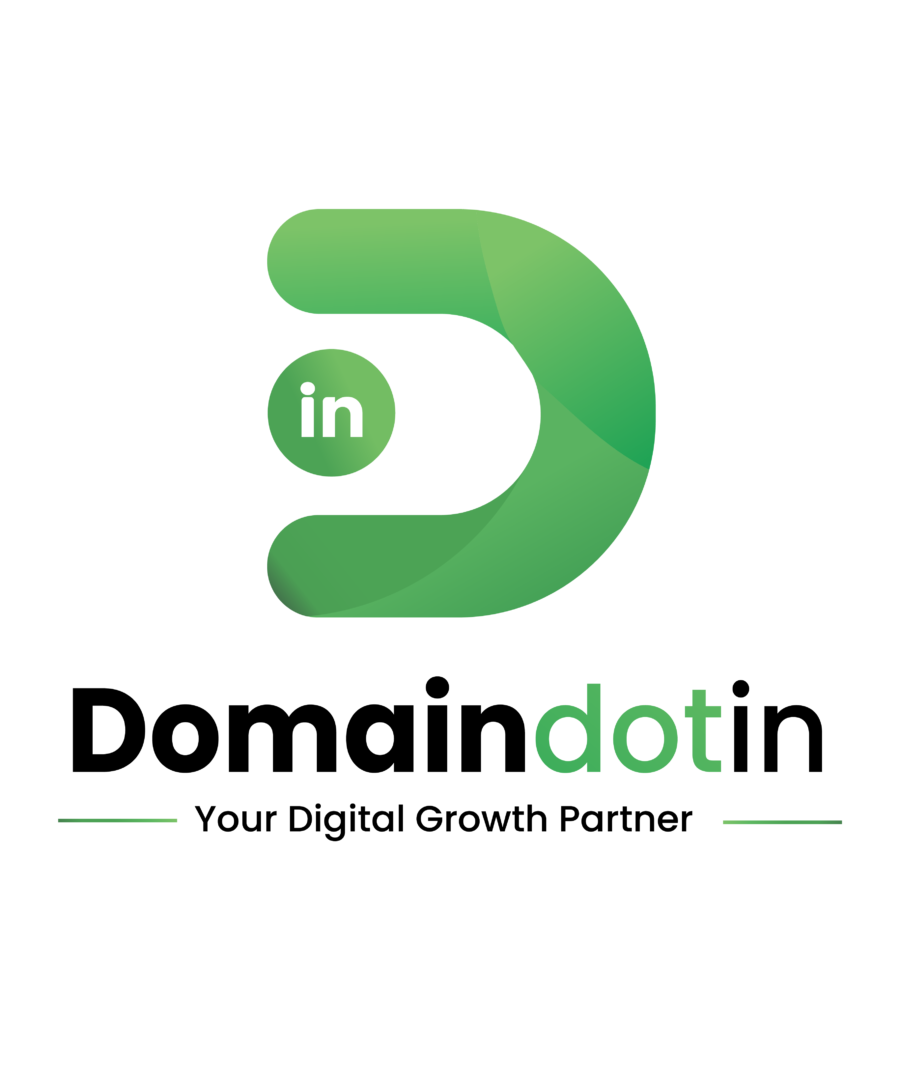

Domaindotin. Your Digital Growth Partner
Domaindotin is a results-driven digital marketing agency based in Calicut, Kerala, built to help brands grow with clarity, creativity, and measurable impact. We combine strategic thinking, compelling design, and data-backed technology to deliver high-performance solutions across SEO, social media marketing, paid advertising, web development, branding, and conversion optimization. Every strategy we create is focused on visibility, engagement, and sustainable business growth.
To strengthen this ecosystem, we founded Nexin Digital Academy—our dedicated learning and talent-development arm. Nexin Academy bridges the gap between theory and real-world execution by offering the Best practical, agency-led digital marketing education in Calicut, Kerala. Through live mentor training, real client projects, AI-powered marketing workflows, and portfolio-driven learning, we prepare students and professionals to perform in real market conditions. Together, Domaindotin and Nexin Digital Academy represent a complete digital growth platform—where businesses scale confidently, and talent is built for the future.
Let’s discuss your project now!
Tell us about your goals, and we’ll craft the perfect digital strategy for you.
Some questions our clients ask
What makes Domaindotin different from other digital marketing agencies?
How can SEO help my business?
Do you offer social media marketing for all platforms?
How long does it take to see results from digital marketing?
How to find the best digital marketing agency in Kerala?
Here’s something we have written on the Top 5 Digital Marketing Agencies in Kerala. At DomainDotin We only charge reasonable prices with quality outcomes, this stands us out from other agencies
Which is the best digital marketing agency in Calicut, Kerala?



DomainDotIn has everything needed to be the best digital marketing agency in Calicut, Kerala. And also, in our field expertise will overpower the formal qualifications. We continuously learn about digital marketing and stay updated with the latest trends. Our journey to becoming one of the leading digital marketing agencies in Calicut and Kochi wasn’t easy. Today we are trying to replicate that success throughout Kerala and realizing the need for more focus & dedication towards reaching this goal. At first sight, digital marketing may seem simple, but it requires in-depth research and learning.
As the best digital marketing agency in Calicut, we understand the unique challenges and opportunities of the local market. Using our local knowledge and skills, we offer tailored solutions that drive actual results for regional businesses. As digital marketing strategists in Calicut, we are committed to creating comprehensive strategies that align with our clients’ goals, ensuring maximum impact and return on investment.
Expanding from Calicut to the Kerala market requires strategic planning and adaptability. As we move on to this next phase of our journey, we are prepared to invest the necessary time and effort to establish ourselves as trusted marketing partners in Kerala’s digital ecosystem. By leveraging our skills and relentless pursuit of excellence, we are confident in our ability to contribute positively to Kerala’s digital landscape.
In conclusion, the journey to becoming a top-notch marketing agency is marked by continuous learning and perseverance. We are a digital marketing agency in Calicut, dedicated to pushing the boundaries of what’s possible and carefully executing our strategies to support our clients.
E-commerce isn’t for those who can’t put their complete efforts into it. Platforms like WooCommerce and Shopify make creating e-commerce websites easier. At DomainDotIn, we primarily focus on Shopify for its simplicity for those with limited time or expertise, while also appreciating WooCommerce for its cost-effectiveness. Even though WooCommerce is free, building a top-notch e-commerce site requires time and skill. As a leading digital marketing agency in Calicut, we specialize in e-commerce website development.
In today’s digital age, the shift towards online retail is undeniable, especially in Kerala. Businesses are increasingly recognizing the immense potential of online stores to reach a broader audience and boost sales. Hence, mastering e-commerce is essential for staying competitive in the market.
By leveraging platforms like Shopify, businesses in Calicut can enjoy countless benefits, including increased visibility and enhanced customer engagement. At DomainDotIn, we have seen the transformative impact of well-designed e-commerce websites on business growth.
However, the path to e-commerce success is not easy and not without challenges. From designing an intuitive user interface to optimizing product listings for search engines, every detail requires careful attention. We work closely with businesses to navigate these challenges and create e-commerce solutions that resonate with their target audience.
Moreover, keeping up with the latest trends and technologies in e-commerce is crucial for staying ahead of the competition. Whether implementing mobile-responsive designs or integrating advanced analytics tools, continuous learning, and adaptation are key to success in this dynamic field.
In conclusion, while mastering e-commerce requires dedication and effort, the rewards are well worth it. At DomainDotIn, we are committed to helping businesses unlock the full potential of e-commerce and achieve sustainable growth in today’s digital era.
Domaindotin is the new challenging competitor in this field. We are leading our way to the top in this field with our modern strategies. We stay up to date with all the trends in this new generation, in social media, SEO, Google ads, video creation/production, branding, and content creation. Our team only contains the top from the fields. They focus on the quality of their work and generate top-class results. Staying up to date is the key factor to becoming the top.
We are expanding our company and adding more resources, with more employees and we’re now also available as a digital marketing agency in Kochi. Domaindotin, the name will be everywhere by the end of this year. We can promise you that our services generate leads and brand value. Creating quality and engaging content is our specialty; today’s digital era only accepts quality and engaging content.
Our co-founders are Adil Rafeeque, who is a Google ads expert and content writer/creator, Murshid Amal, a social media manager and marketer, Sooraj AS, who has expertise in SEO and web development, and Umer Mukthar with marketing skills and SEO strategies. Together, they form the backbone of Domaindotin, driving innovation and excellence.
We also have the best graphic designers, Adil Palakkal and Fadil Abdusalam. They both are the heads of our graphic designing team. Creating quality and engaging designs by thinking out of the box, both of them are experts in what they are doing. Their designs are not just visually appealing but also align perfectly with our clients’ brand identities.
Ahmed Hisham is the head of the video creation/production team. He is a qualified video creator and editor, and his ideas are spontaneous and creative. Under his leadership, our video production team has produced numerous high-quality videos that captivate and engage audiences.
Aanziya Sherin and Nymah are our key actors/models and are in our core content creation team. Their talent and versatility bring life to our video content, ensuring that it resonates with a wide audience. Their ability to convey the essence of our client’s messages through their performances is unparalleled.
Additionally, our commitment to continuous learning and improvement ensures that we are always at the forefront of industry trends. We invest heavily in training and development for our team members, enabling them to refine their skills and stay ahead of the curve.
Our client portfolio is diverse, ranging from startups to established enterprises, all of whom trust us to elevate their digital presence. We take pride in our collaborative approach, working closely with clients to understand their unique needs and deliver tailor-made solutions that exceed their expectations.
At Domaindotin, innovation is at the heart of everything we do. We are constantly exploring new technologies and methodologies to enhance our service offerings. Our dedication to excellence and our passion for creativity are what set us apart in this competitive landscape.
By the end of this year, we envision Domaindotin as a household name, synonymous with quality and innovation in the digital marketing space. Our journey is just beginning, and we are excited to continue growing, evolving, and making a significant impact in the industry.
In today’s growing digital world, having a strong presence online is important for any business to succeed. As a top digital marketing agency in Kerala, we focus on creating customised strategies for our clients to help their businesses overcome the challenges they face in digital marketing and achieve their goals. Here, we answer some common questions about digital marketing and how an agency like ours can make a difference.
Q1: What differentiates a digital marketing agency from an in-house marketing team?
A: A digital marketing agency offers a wider range of specialised skills and resources that are often hard to match with an in-house team. Agencies bring together experts in SEO, content creation, social media management, web development, Video production, and more. This wide range of skills and resources can give a successful outcome. Additionally, agencies have access to advanced tools and technologies, enabling them to quickly adapt to industry changes and implement effective campaigns. Compared with this, in-house teams may only have limited resources and may require more time to develop the same level of outcome and achievements
Q2: What does a digital marketing Agency in Kerala can offer?
A: A digital marketing agency in Kerala brings a wide range of skills, including SEO, web development, advertising, branding, video production, and Google Ads. Understanding the trends in local markets and consumer behaviour, we create strategies that connect with the audience and boost engagement and conversions.
Q3: How can a digital marketing company in Kerala help businesses stay ahead in the digital age?
A: As a leading digital marketing company in Kerala, our main goal is to help businesses succeed online. We use strategic planning, data analysis, and continuous optimisation to improve online visibility, attract quality leads, and build long-term customer relationships. Our approach goes beyond simple tactics; we provide complete solutions that align with our client’s business goals.
Q4: What are the benefits of working with a digital marketing agency in Kerala?
A: Partnering with a digital marketing agency in Kerala comes with many benefits, such as cost-effectiveness, flexibility, and personalised service. Unlike bigger agencies, we give each client the attention they deserve, ensuring their unique needs and objectives are met. Our deep understanding of the Kerala market also allows us to offer insights and strategies that can connect with the local audience, giving businesses a competitive edge.
Q5: How does a digital marketing company in Kerala work with clients?
A: Our approach starts with a thorough research of the client’s current digital presence to identify areas for improvement and growth. We then collaborate closely with the client to develop a customised strategy that fits their goals and budget. Throughout the process, we provide regular updates and performance reports, ensuring transparency and accountability every step of the way.
In conclusion, working with a digital marketing agency in Kerala can significantly boost a business’s digital presence and growth. We are dedicated to offering personalised service, strategic planning, and continuous optimisation to help businesses in Kerala, including Calicut, succeed in the digital landscape.
Recent Blogs
Contact our experts via either phone or email


